Eating foods that are naturally blue provide you with brain support and anti-aging power among other benefits and nutrients. Eating blue foods, along with a rainbow of others. also ensures a well-balanced diet. Choose from the list of naturally blue fruits and vegetables, and whip up my blue mango smoothie.
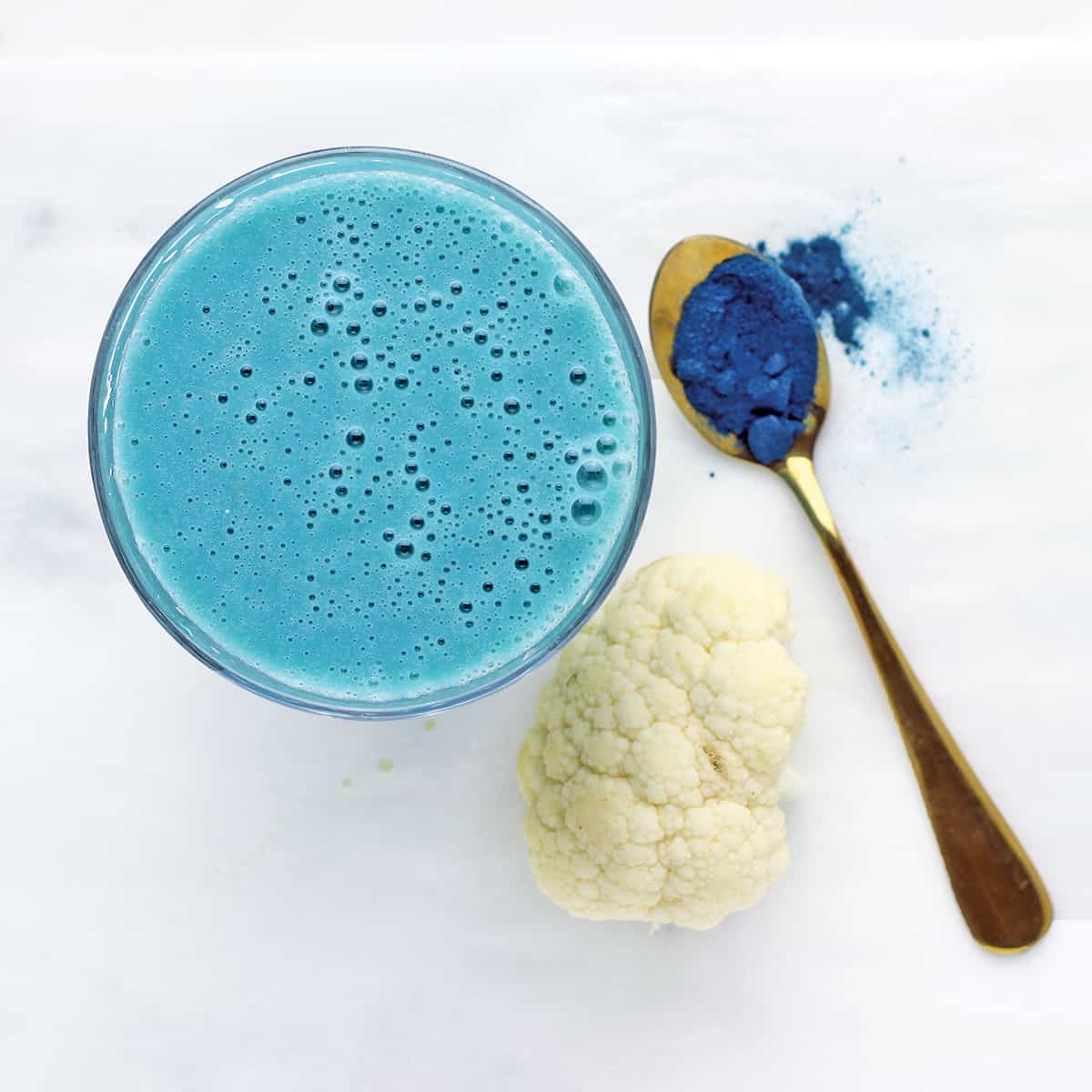
Eating foods that are naturally blue are the best way to give your body a broad spectrum of essential nutrients is to eat foods daily of different colors of the rainbow. The benefits of eating red, yellow, orange, green, blue, purple and white foods each day are explained in my how to eat the rainbow post . Each color indicates specific nutrients so eating all the colors daily give your body awesome nutritional support. And consider my 38 vegetables for smoothies post.
Jump to:
Why Blue Foods are Healthy
The natural blue color in fruit comes from polyphenol compounds which have antioxidant and anti-inflammatory properties and support the nervous system.
The antioxidants in blue foods are called anthocyanins and they can help boost brain function, improve heart health, and lower your risk of disease, and fight aging. There are 635 anthocyanins and most are found in blue foods.
A List of Common Blue Foods
Blackberry
The blackberry is actually a dark blue, although they do seem black consistent to their name. These berries are among the most healthy, high in vitamin C, manganese, fiber and antioxidants. Types include cherokee and choctaw.
Blueberry
Blueberries are probably the most commonly known blue fruit. Full of antioxidants, this low sugar fruit is easy to enjoy in hundreds of recipes, including my chocolate covered blueberries, and my Jordan Marsh Blueberry Muffins. There are dozens of types but the five most common bushes that grow blueberries are northern highbush, southern highbush, rabbiteye, lowbush, and half-high. The highbush is the most popular blueberry bush and gives us many types of blueberries including bluecrop, bluegold, blueray, duke, elliot, hardyblue, jersy, legacy, patriot and rubel.
Blue algae
You might know blue algae better as spirulina, a powder amino acid supplement high in protein, healthy fats and vitamin Bs, as well as a bounty of micronutrients, and derived from seaweed. This aqua blue spirulina powder is fun to use in smoothies.
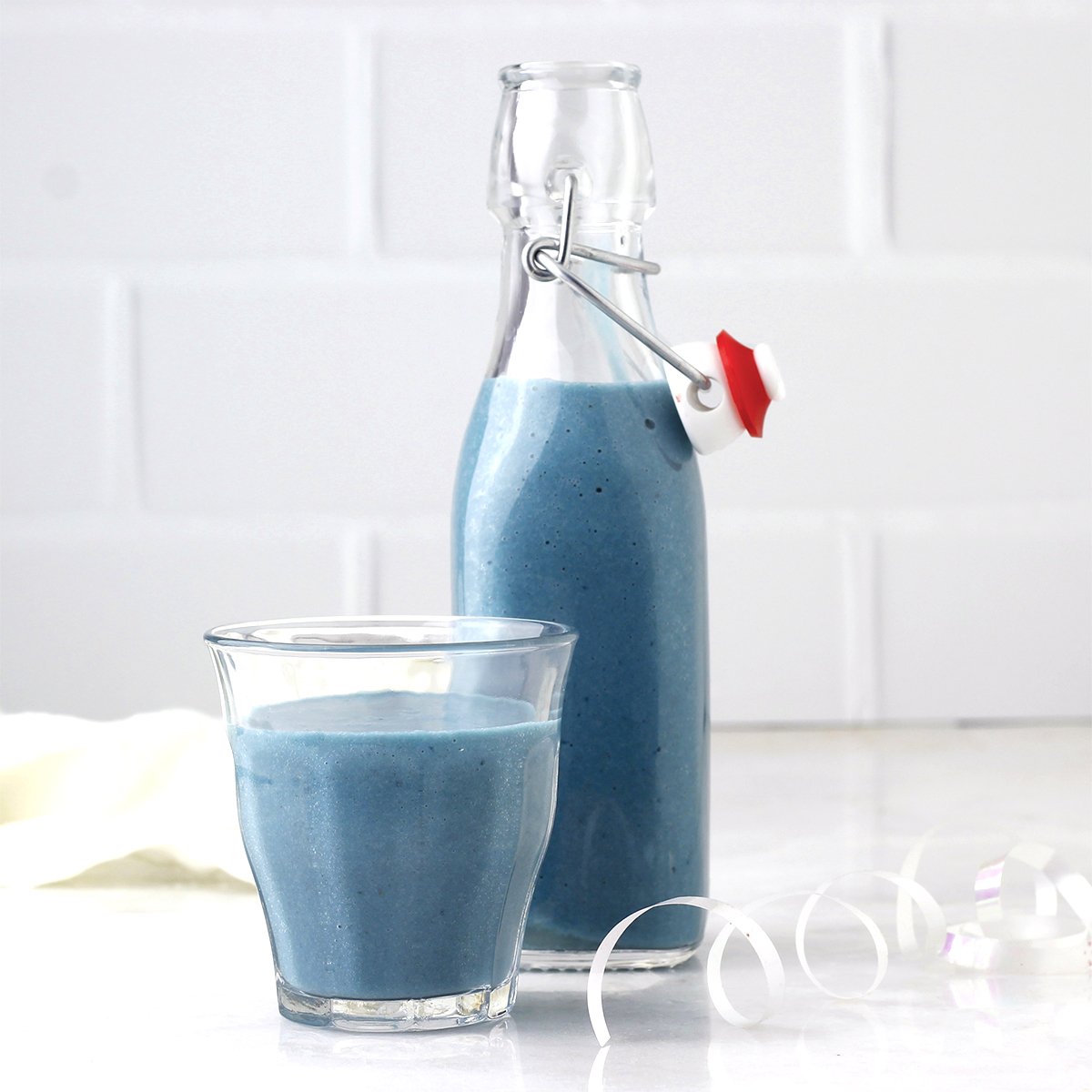
Blue apples
Commonly grown in northern New York state, the blue pearmain apple is often mistaken for a plum. It is a deep purple blue on the outside, and white on the inside with a sweet flavor and the same nutrition as traditional red apples.
Blue banana
This banana has a blue skin and is known for its custard interior. Like traditional bananas, this fruit is high in potassium and fiber.
Blue broccoli
Traditional broccoli can vary in shades from bright green to a green blue, but a variety in China is actually a deep blue. It's known for being particularly high in beta-carotene and vitamin E.
Blue carrots
Carrots can come in blue and purple, not just orange. And those that are blue are high in anthocyanins and vitamin C, supporting memory, eyesight and immunity.
Blue corn
Blue corn varieties are more common than you'd think walking down a grocery aisle. Most are found in the Midwest, and include types such as Cherokee, glass gem, Hopi turquois, posuwaegeh and kulli.
Blue green beans
These beans have a bright blue exterior and look green inside. Called blue coco snap bean, they actually have the same nutrition as traditional green beans. Another type is nonna agnes blue bean.
Blue kale
Kale comes in a dusty blue variety that not only carries the benefits of traditional green kale, but additionally antioxidants that offer a range of anti-inflammatories. Types include blue curled scotch, vates blue curled scotch, Portuguese and dazzling.
Blue lettuce
A variety known as giant blue feather leaf lettuce is said to be rich in anti-inflammatories associated with blue food. Found in northern climates, the leaves can grow several feet long.
👉Want to Save This Recipe?
Blue olives
These olives are native to Sri Lanka, and are a bright blue on the outside, but green on this inside. They taste like most green olives and have similar nutrition.

Blue potatoes
Blue potatoes are full of anthocyanins especially because the color is found in the skin and interior of the potato. Types are All blue, and Adirondack blue.
Blue salt
You surely have heard of pink salt, but in Iran one can find a rare blue salt, subtle in flavor and with all the electrolytes of any sea salt.
Blue squash
This New England variety is high in beta-carotene and potassium and has a blue shell and orange interior that resembles sweet potato. So technically this might be considered an orange squash since many camps think the color of produce is dictated by the interior. Types include blue hubbard and baby blue hubbard.
Blue tomatoes
There are several tomatoes that are actually blue. They are rich in the same antioxidants as other blue foods. The types include blue gold tomato, blue cream berries, blue beauty, blue bayou, atomic grape.
Elderberries
These small blue berries are more often used a powdered supplement, than a raw berry, to add to drinks to beat symptoms of colds and flu due to the high concentration of antioxidants.
Grapes
Grapes are red and green, but the when they are blue, they are really blue. The most common blue grape is Concord grapes who have a short growing season in September. High in vitamin K, manganese and vitamin C, these grapes are highly nutritious. Other types include moon drop, Kyoho, valiant, and autumn royal.
Plums
Plums are small and sweet and range in blue shades from pink to purple. Many of them are even purple inside as well, but all are high in antioxidants and the skin rich in fiber. Types include damson, Himalayan and marionberries.
Other Less Known Blue Foods
There are other lesser-known blue foods including a ton of berries, including salal and saskatoon. Also edible blue flowers including pansy, bachelor's button, borage, and butterfly peas.
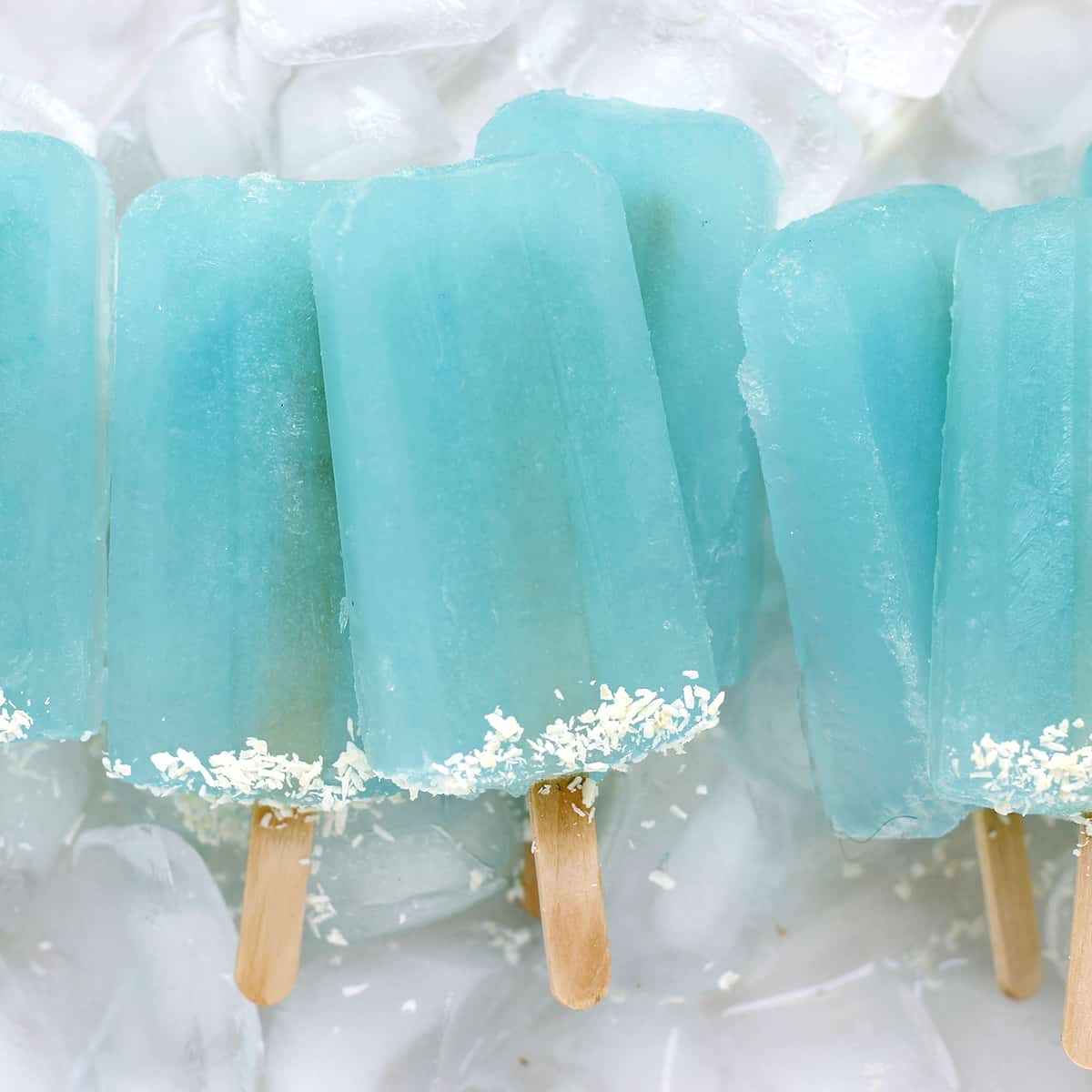
How to Dye Foods Naturally Blue
Don't use artificial dyes when you can use wholesome ingredients. There are several ways to make a blue food dye. Boil red cabbage leaves until the water is purple. Add a pinch of baking soda to turn it blue and use the water to add to icing, cake and cookie dough. Or use blue butterfly pea tea. I make this tea and add it to my homemade electrolyte drink recipe to make a healthy version of bright blue gatorade.
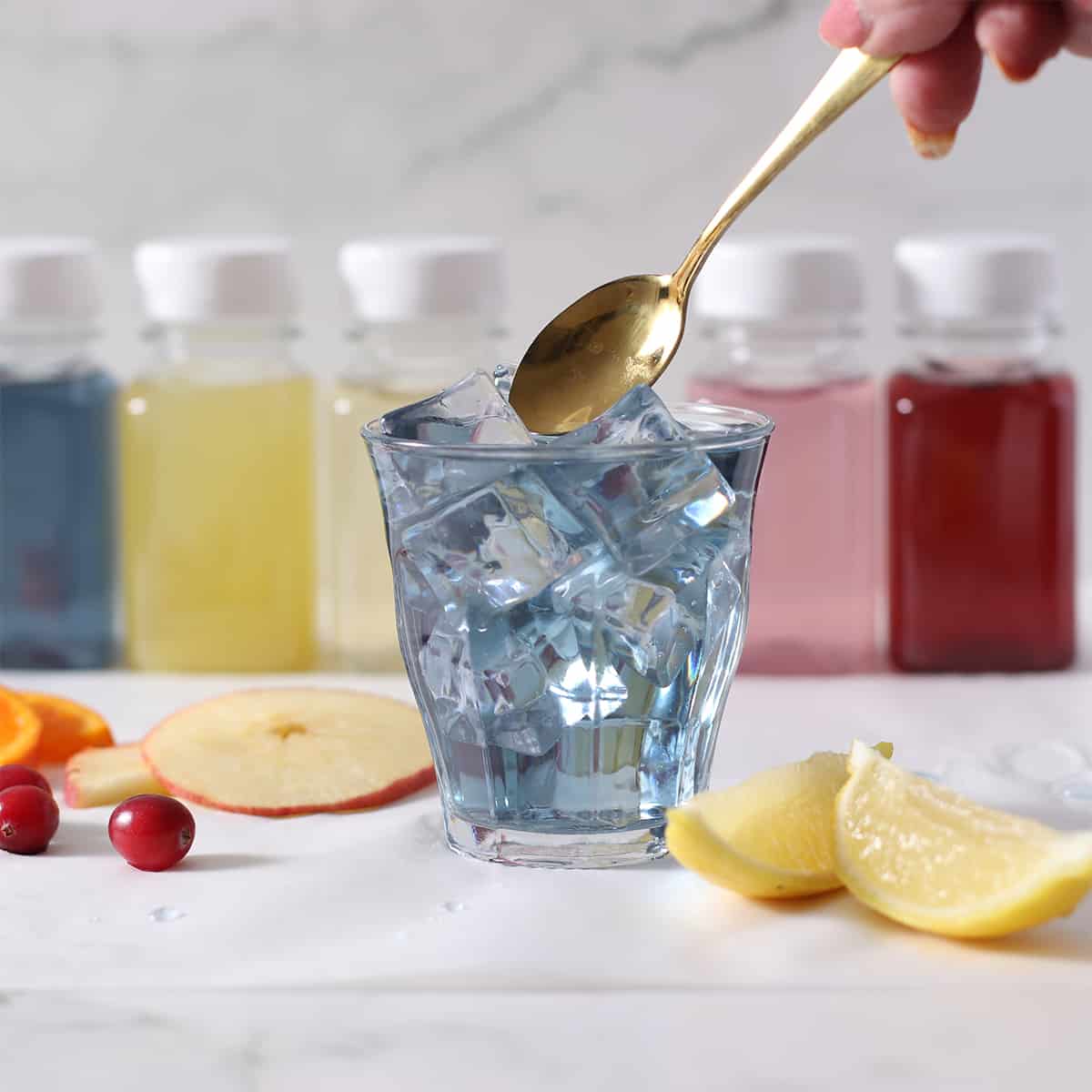
FAQS
The blue bottle is blue milk, or Blue Bantha Milk as per Star Wars. My healthy version can be found in my 4-ingredient Smoothie Cookbook. To make two cups, blend ¼ cup cauliflower florets, raw or steamed, 1 cup of frozen mango, 1 cup of milk and 1 teaspoon of blue spirulina.
Yes, blue foods are good nutritious foods because the color indicates high levels of an antioxidant called anthocyanidin which has a supportive impact on brain health.
The 5 most commonly known blue foods that you can usually find are blueberries, grapes, blackberries, blue corn and blue carrots.
More Color Themed Foods
Be sure and visit the USDA for more detail on the nutrition make up of fruits and vegetables. And remember to run any specific medical questions by your own doctor, as well as to get confirmation that my information works for you as I am not a medical professional.
📖 Recipe

Foods That Are Naturally Blue : Blue Mango Smoothie
Equipment
Ingredients
- ½ cup cauliflower florets
- 1 cup mango
- 1 cup milk
- 1 teaspoon blue spirulina powder
👉Want to Save This Recipe?
Instructions
- Steam cauliflower either via microwave or in a pot of water. Cool to room temperature or rinse it under cold water.
- Add all the ingredients to a blender and process until smooth, about 30 seconds.½ cup cauliflower florets, 1 cup mango, 1 cup milk, 1 teaspoon blue spirulina powder
- Enjoy immediately or chill for an hour first.

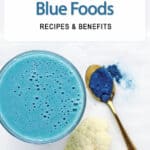
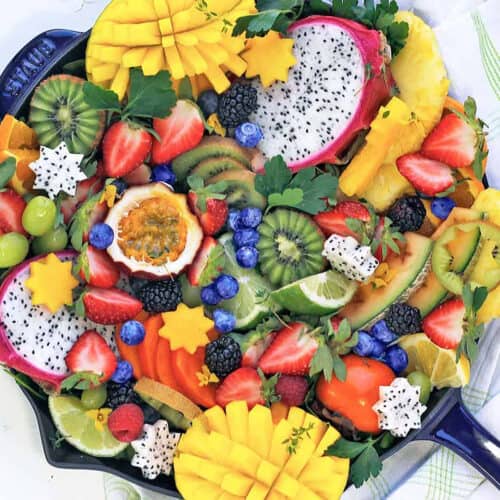
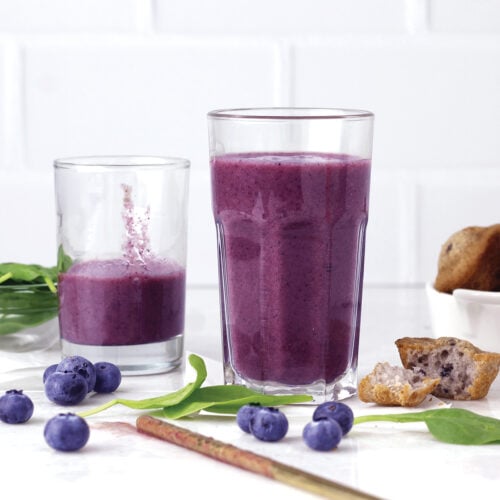
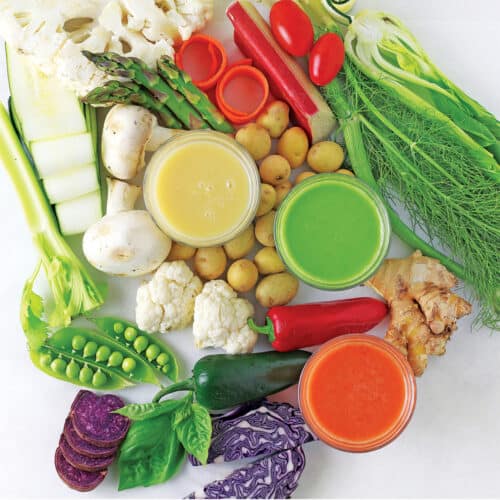
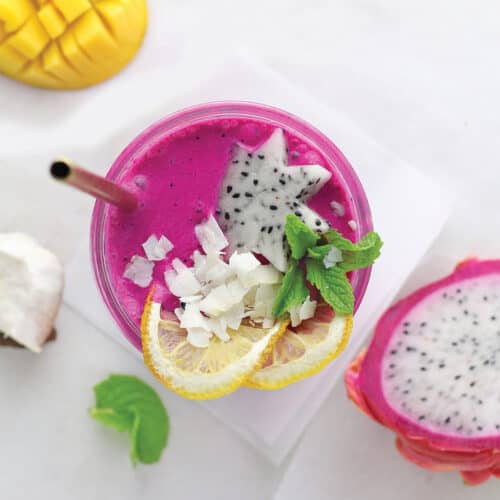


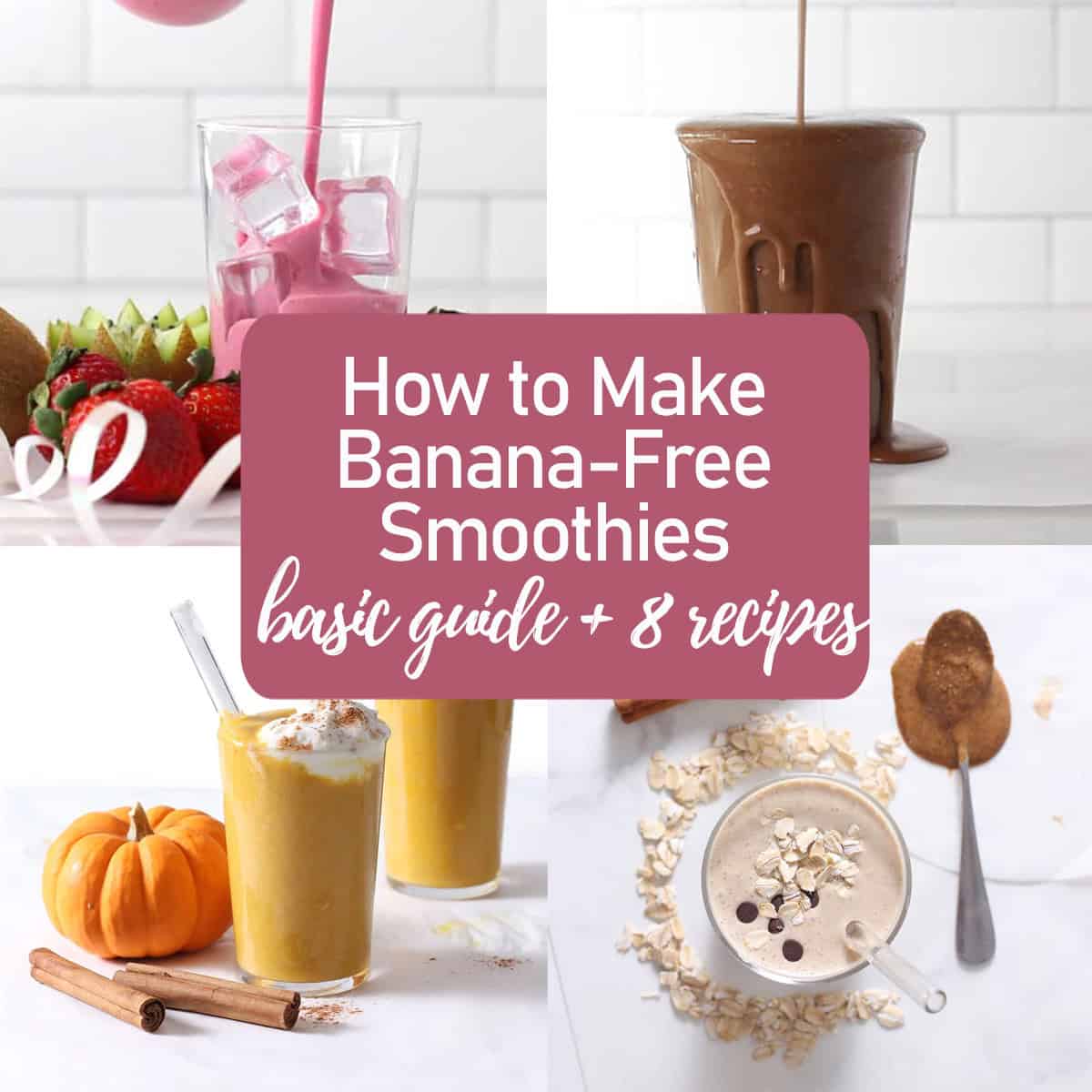
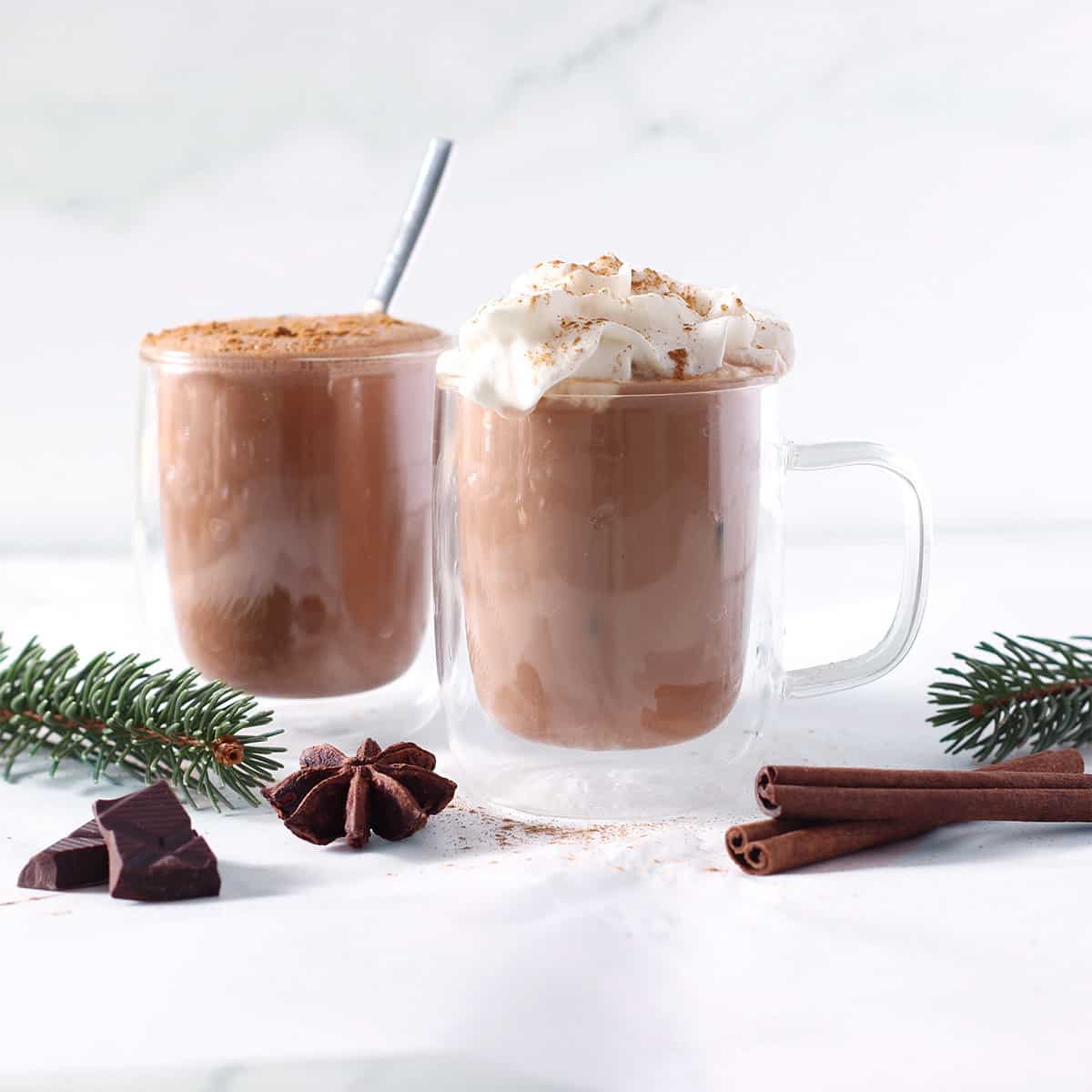
Dany Goldraij says
I like your posts about the "rainbow colors" of food. Great idea
Dee Dine says
That's so nice, thank you for telling me. I feel better eating a range of colors daily.